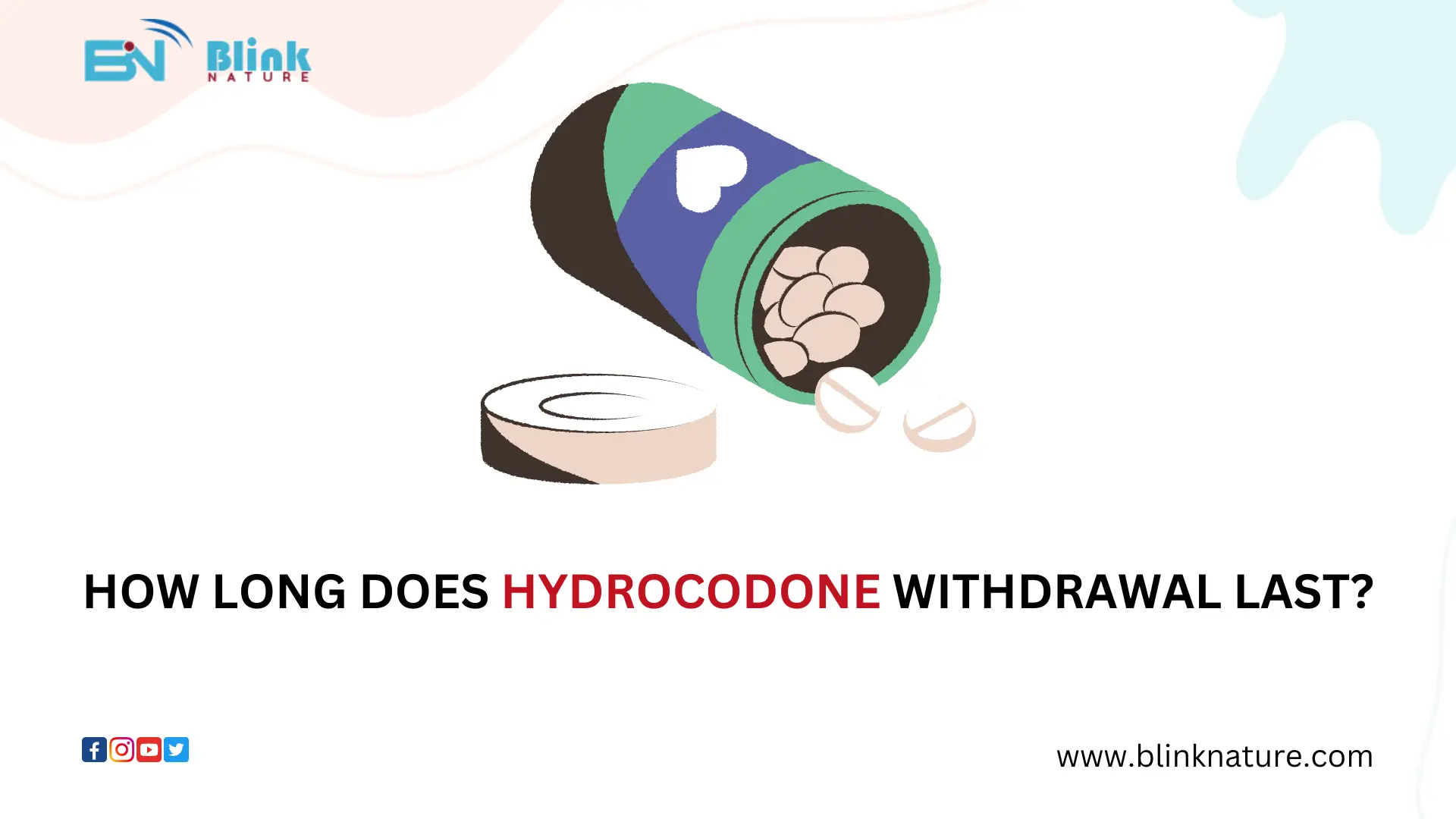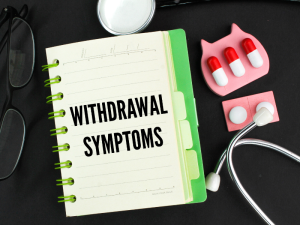
Hydrocodone is an opioid that works like codeine to relieve moderate pain. It belongs to a class of drugs known as narcotic analgesics. Doctors often prescribe hydrocodone in combination with medicines like Vicodin or Lortab, which contains hydrocodone and acetaminophen.
Hydrocodone is the most widely available opioid in the United States. It means that it is inexpensive and easy to come by.
Hydrocodone withdrawal is what happens when you suddenly stop taking the drug after your body gets relied on it to feel alright. The 2017 data shows that 6.3 million people age 12 or older had misused hydrocodone in the past year in the United States. Hydrocodone misuse can lead to dependence and addiction.
People who are dependent on opioids will experience withdrawal if they suddenly stop taking their dose.
The withdrawal symptoms of hydrocodone can range from mild to severe. It depends upon how much drug you have been taking and for how long. You will need to stop this drug slowly if you take a high amount of hydrocodone or a mix of other opioids and hydrocodone.

The withdrawal can be challenging even if you are on a lower therapeutic dose of hydrocodone. You may feel symptoms similar to having the flu and extreme psychological distress. People may experience intense chills, cramps, and diarrhea, along with nausea, sweating, and agitation.
You may feel like your heart is pounding out of your chest or like you will never sleep again. People may feel highly anxious, and others may feel intense despair and hopelessness.
The hydrocodone withdrawal symptoms may reduce within one week.
The experience of hydrocodone withdrawal may vary from person to person but usually include some combination of physical and psychological symptoms. Your experience may depend upon the following factors:
If you are taking low doses of hydrocodone as prescribed by your doctor, your withdrawal symptoms should be relatively mild. However, if you use more than one drug at a time for a long time, withdrawal can be highly uncomfortable. Hydrocodone withdrawal symptoms start about 8 to 24 hours after the last dose for most people.
The withdrawal will come slower if you are also using extended-release opioids, like methadone or Oxycontin.
The common hydrocodone withdrawal symptoms include the following:
The opioid withdrawal symptoms may reach the peak on the second or third day after your last dose. It starts getting better after that. People may feel better after five to seven days.
Some people may experience protracted withdrawal, also known as post-acute withdrawal syndrome. The protracted withdrawal symptoms are much less severe and are psychological in nature. It means that you will not be physically ill.
People may experience waves of depression that come or go and insomnia. The protracted withdrawal symptoms are much less severe and are psychological in nature. It means that you will not be physically ill.
There are various ways to ensure a smoother and less uncomfortable withdrawal experience.
Your doctor may help develop a tapering schedule if you have been using hydrocodone as directed to treat pain. Tapering your medicine means taking smaller doses over several weeks. By decreasing your dose gradually, you give your body time to adjust. People may experience some withdrawal symptoms each time when there is a reduction in their dose. But, they should be relatively mild.
You may need to help your doctor develop a schedule that fits your needs as there is no standard tapering schedule. You may find that your pain returns as soon as you reduce your dose. You must talk to your doctor about alternatives if that happens.
If you have an opioid addiction, it may be difficult to taper your dose.
Medicines like methadone and buprenorphine (Suboxone) help prevent withdrawal symptoms and make it easier to get clean. These drugs prevent withdrawal without getting you high. Suboxone is a mix of buprenorphine and naltrexone, an opioid antagonist. It means that it is impossible to abuse Suboxone to get high if injected. This medicine can also prevent other opioids from getting you high, which reduces your chance of relapse.
Clonidine and lofexidine are two more prescription drugs that help treat the symptoms of hydrocodone withdrawal. These medicines also help treat high blood pressure and treat symptoms like sweating, chills, rapid heart rate, and anxiety.
Medicines that may make you feel comfortable during withdrawal are as follows:
Kratom is a herbal medicine that helps treat withdrawal symptoms, but it comes with a number of risks. According to FDA, Kratom has addictive and harmful properties.
People usually underestimate the seriousness of their drug addiction. An estimation shows that almost 20.7 million people needed treatment for substance use, but only 4 million people received it.
People can recover from hydrocodone withdrawal at home because, unlike benzodiazepine and alcohol withdrawal, opioid withdrawal is not dangerous. However, it can be tough. People may relapse within days or weeks of quitting.
Your long-term treatment needs will depend on the nature of your hydrocodone dependence. If you have become dependent on opioids while taking them as prescribed by a doctor, you may not need any treatment after getting off the pills. You may need a hydrocodone detox if you are struggling with a substance use disorder. According to research, the best way to prevent relapse is a combination of medication and psychotherapy.
The long-term treatment plan involves a maintenance dose of methadone or buprenorphine, or naltrexone (Vivitrol). Naltrexone is a medicine that is only useful after you detox once your body is free of opioids.
People can take a Vivitrol injection once per month, which will prevent opioids from intoxicating effect. Doing so can discourage opioid use because you will be wasting time and money for nothing if you use it.
People will learn to identify their thoughts, feelings, and actions that trigger their cravings during this therapy.
There are several types of treatment with varying levels of intensity. Places you can find help include: